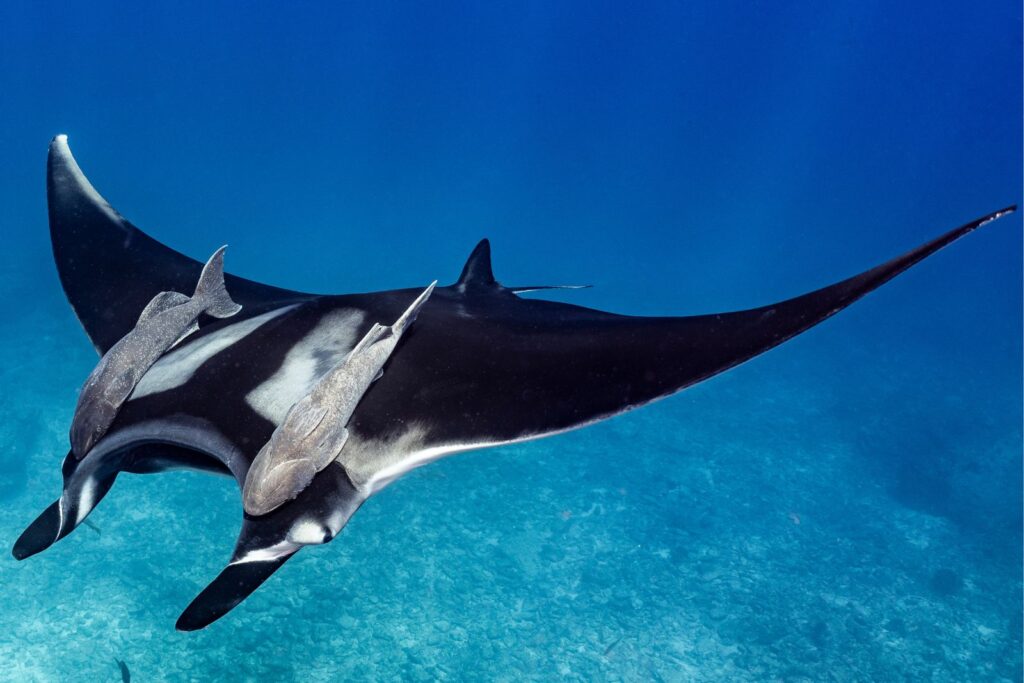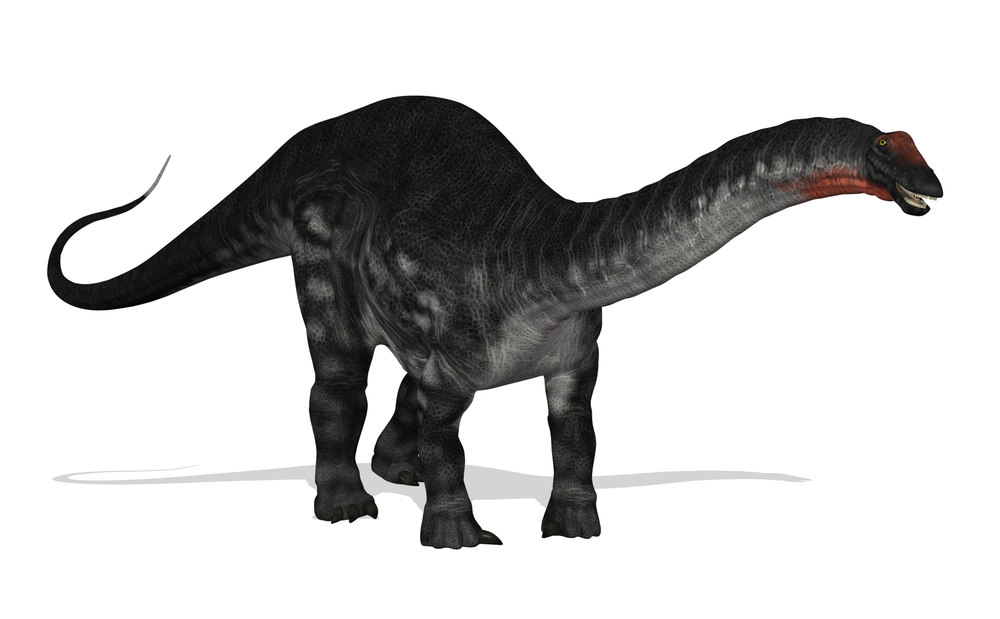The Mighty Black Rhino: A Threatened Icon of Africa's Wilderness
1. Introduction to the Black Rhino
The black rhinoceros, Diceros bicornis, is a majestic mammal native to Africa. Despite its name, the black rhino is not black but rather gray in color.
2. Physical Characteristics
The black rhino is distinguished by its hooked upper lip, which it uses to grasp leaves and twigs. It has two horns made of keratin, with the front horn typically longer than the rear horn.
3. Habitat and Range
Black rhinos inhabit various habitats, including savannas, grasslands, and woodlands. They are primarily found in eastern and southern Africa, with populations scattered across countries such as Kenya, Namibia, and South Africa.
4. Diet and Feeding Behavior
Black rhinos are herbivores, feeding on a diet consisting mainly of leaves, twigs, and branches. They use their prehensile lips to strip leaves from branches and shrubs.
5. Conservation Status
The black rhino is classified as critically endangered by the International Union for Conservation of Nature (IUCN) due to poaching and habitat loss. Conservation efforts are underway to protect remaining populations and increase numbers through breeding programs and habitat restoration.
6. Threats to Survival
Poaching for their horns remains the greatest threat to black rhinos, driven by demand for their horns in traditional medicine and illegal wildlife trade. Habitat loss and fragmentation also contribute to their decline.
7. Conservation Initiatives
Various organizations and governments are working together to protect black rhinos and their habitats. Measures include anti-poaching patrols, community engagement, and translocation efforts to establish new populations in safe areas.
8. The Future of Black Rhinos
Despite the challenges they face, there is hope for the survival of black rhinos. Continued conservation efforts, public awareness, and international cooperation are essential to ensure these magnificent creatures thrive in the wild for future generations.

